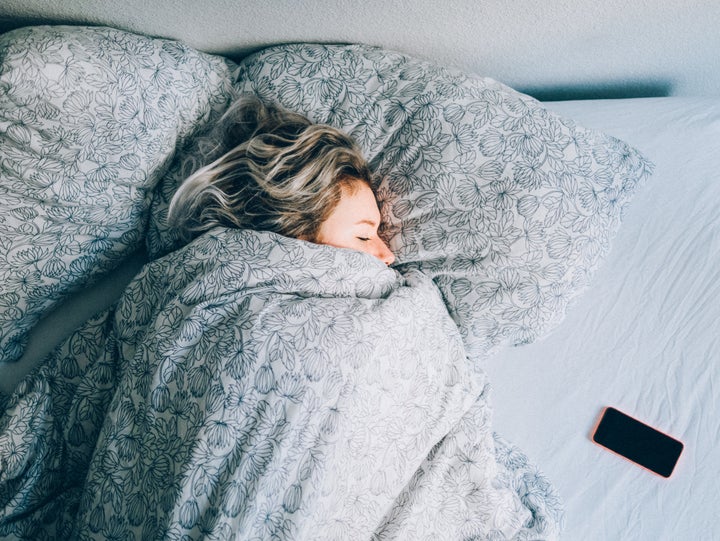It’s the question you never thought to ask but probably should have in the decade since buying your duvet... should you wash it?
Most people haven’t the foggiest. Ask around the office and you’ll probably find a couple of people who know the ins and outs of duvet laundering, but the rest will stare blankly: either ashamed to admit they’ve never washed theirs, or genuinely baffled as to why they’d never thought of this before.
According to The Fine Bedding Company, we should be giving our duvets a six-monthly clean or - at the very least - washing it once a year. The company warned that bacteria and bodily fluids build up in duvets over a short period of time, with duvet covers and pyjamas merely acting as a “first line of defence” against a tidal wave of sweat and muck.
It’s a matter of contention though. Sally Bloomfield, a microbiologist and Honorary Professor at the London School of Hygiene and Tropical Medicine, said she was surprised that we should be washing it so often. “Why do we have duvet covers though?” she argued. “It’s so we don’t have to wash them frequently.”

So why worry? The body naturally sheds millions of skin cells every night and it’s also estimated that we sweat out about 200ml every night, said Helen Johnson, a spokesperson for The Fine Bedding Company. These, she claims, can pass beyond the humble sheet.
If that isn’t gross enough, a duvet that hasn’t been washed for a year is likely to contain more than 20,000 dust mites, she said, which can cause irritated skin and eyes. For those with allergies or asthma, dust mites may make symptoms worse.
Prof Bloomfield said she’s not aware of any evidence that suggests there’s a build-up of microbes on the duvet over time, but did admit she’s not so sure about dust mites. “I never launder my duvet if I’m honest,” she confessed. Her advice is simple: follow the manufacturer’s care instructions on the duvet and wash covers once a week to keep bacteria at bay.
How to wash your duvet
If you do fancy a spruce up, the manner of how you go about washing your duvet will often depend on two things: the type of duvet you have and how big your washing machine is.
Natural-filled duvets (think: feathers and down) should not be washed and dried at home, regardless of the capacity or capability of the machine. Most dry cleaners will launder this type of bedding and it is essential that natural duvets are thoroughly dried, otherwise the filling may start to rot away.
Synthetic duvets are usually fine to wash at home, according to The Fine Bedding Company. It’s recommended that larger or higher tog duvets (your winter ones) are washed in a large capacity machine. For example, a 9kg drum should comfortably accommodate a king-sized duvet. (If yours isn’t big enough, try taking it to a local launderette.)
“Just make sure there is enough room for the duvet to move around a bit inside the drum to allow the fabric cover and fibres to agitate inside and get thoroughly clean,” said Johnson.
She also advises using about a third of your usual amount of detergent and washing on as high a temperature as the care label allows.
“Washing helps cleanse the entire product (filling and cover) of any accumulated dirt, moisture and dust. More importantly, washing at 60oC kills dust mites,” she continued.
“Shake out the duvet while it’s damp to redistribute the filling evenly and dry products as quickly as possible. Drying on a warm sunny day is ideal or pop into a domestic dryer.”
How to wash pillows
It’s recommended that pillows are washed more frequently than duvets, around four times a year. “Up to a third of a pillow’s total weight can be made up of dead skin and invisible moulds, so it’s definitely worth getting it professional cleaned if your pillow isn’t washable at home,” said Johnson.
Thankfully, most pillows that are filled with synthetic fibres can be machine-washed at around 40C or 60C. Although you should always check the care label as some pillows require professional cleaning.
Johnson added: “Adding a pillow protector can help to prolong the need to wash the actual pillow itself and these can be washed frequently and easily.”